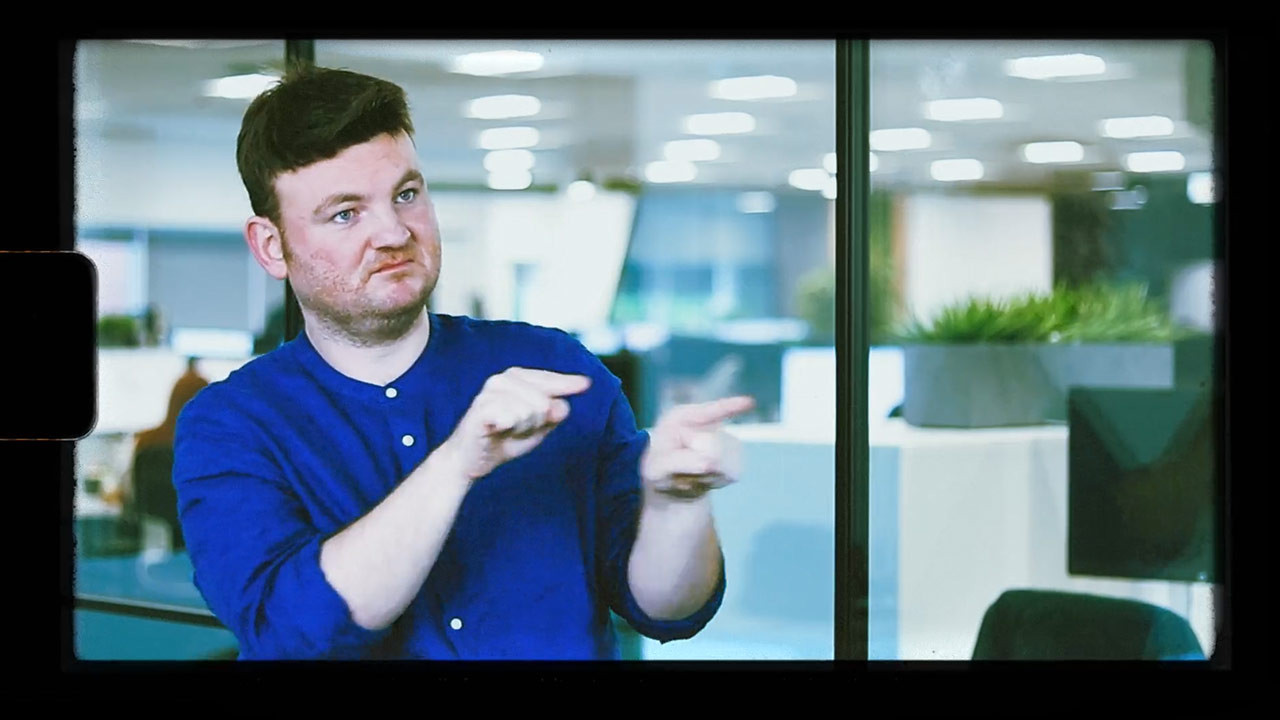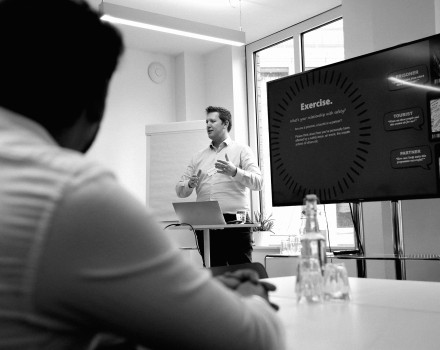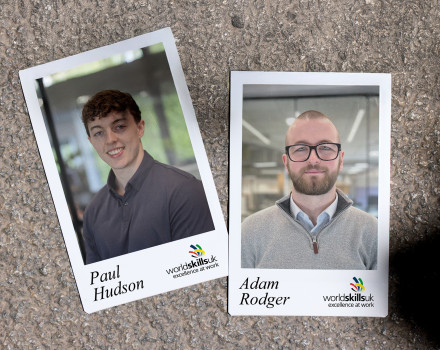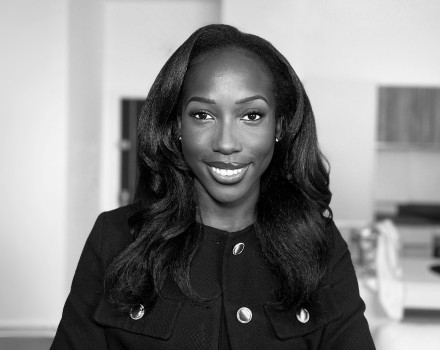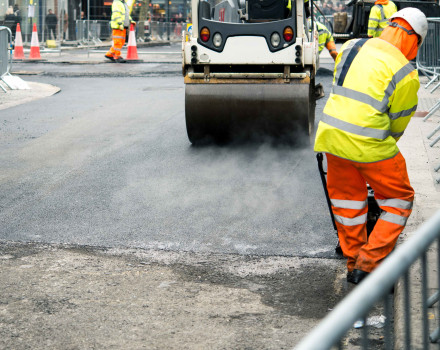Could you give us some background on your journey so far?
I was born profoundly deaf and faced language barriers throughout my education. I was sent to a mainstream school and taught in English with no sign language support. I was the only deaf pupil, so was isolated in both the classroom and playground. It wasn’t until I was 16 that I had the opportunity to learn sign language when a Teacher of the Deaf arrived at my school, and she helped me to develop my British Sign Language (BSL) skills and encouraged me to mix with other sign language users. BSL would eventually become my first language.
Despite the language barriers, I managed to do well with my studies and made it to Glasgow School of Art to pursue my dream of becoming an architect. But this next step also threw up challenges, as in order to succeed I needed committed interpreter support, which proved hard to secure and I ended up having to use whoever was available as opposed to having a long-term dedicated interpreter. But I overcame these, qualified, started working, and have now passed my Part 3 exams, achieving my dream.
Congratulations on passing your Part 3 exams. Can you tell us more about the process – what did you enjoy and what challenges did you have to overcome to achieve this?
My Part 3 journey was longer than I’d have liked as it was interrupted by the pandemic. This threw up extra challenges of homeworking and lots of PEDR sheets (logbooks) to submit. But perhaps the biggest challenge was the exams and the language barrier. I was in regular contact with the organisers in the lead up, who were brilliant and made sure I had the support I needed. This included extra time to allow the written work to be translated into BSL and my answers to be put into English and signed back to me, making sure it captured everything I wanted to say on the day. This made a huge difference as I was able to sit the exam in my own language.
I was very lucky to have a team of two interpreters who have committed to working with me for the last five years. I had confidence that they had the technical language needed, which was a big relief as architecture terms are a whole other language and there’s often not a known BSL translation. One of the main things to remember about languages is they develop through use, so if you don’t have architects who are sign language users then there’s no reference point. As a result, we had to create signs for many of the technical terms as we went through the process. I’m keen to get the signs I’ve developed made into a glossary and hopefully we can reduce the barriers for others like me going through this process. And maybe even one day in the future we can develop BSL and architecture to the extent that we can remove the barriers.
How have BakerHicks supported you through this process, and more generally, in your day-to-day role?
I started working at BakerHicks a year ago this month whilst I was still going through the Part 3 process. I’ve found the environment here hugely beneficial and diversity is truly celebrated, and I found that I was no longer the only one in the team whose first language isn’t English. There’s also this real desire to learn from each other. For example, many of my colleagues are going through a BSL course provided by BakerHicks to enable them to communicate with me in my own language. That they’ve done this is really exciting, it means I now have the opportunity to work and communicate with my colleagues better on a one-to-one basis and it’s already making a real difference to me.
Any advice you’d give to deaf individuals who might be thinking of a career in architecture or engineering?
If it’s your dream to become an architect then keep going towards it. The journey to getting there is so long, and you’ll need commitment, it’s not an easy course, especially for a second language user, but when you get to use the term “architect” to describe yourself, the feeling that gives you is indescribable. So, keep believing in yourself and don’t let being deaf hold you back.
I’m only the second sign language user to qualify across Scotland and I hope that others can learn from my experience. I want to tackle outdated attitudes that deaf people can’t do certain things and be a positive role model for the deaf community.
And any advice for colleagues who are working with someone who is deaf?
The best advice I could give is to remember that deaf people are working in two languages. And once you’re deaf you can’t learn to hear, that’s impossible, but hearing people can learn some sign language. If you do so then your perspective will completely change, you’ll learn how we see life from a purely visual point of view and understand that people are diverse, but above all we’re all human beings.
So what’s next for you?
For the moment, I just want to relax and enjoy the moment. It’s been a lot of work studying for the Part 3, so I just want to focus on building my experience as a qualified architect now. Maybe in the future I might look at more qualifications. I love the supportive environment here at BakerHicks, so who knows I may well be here still in 40 years!
Watch the below video for the interview in BSL with subtitles in English:

